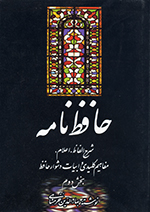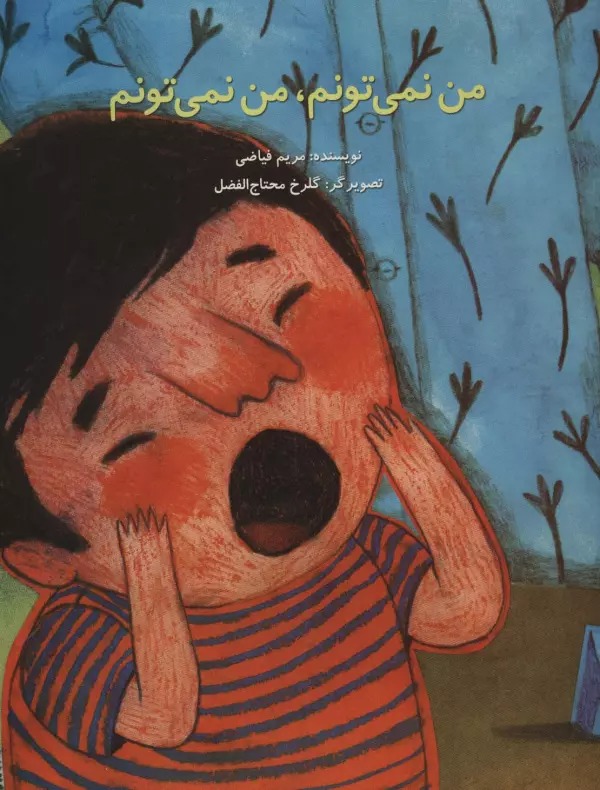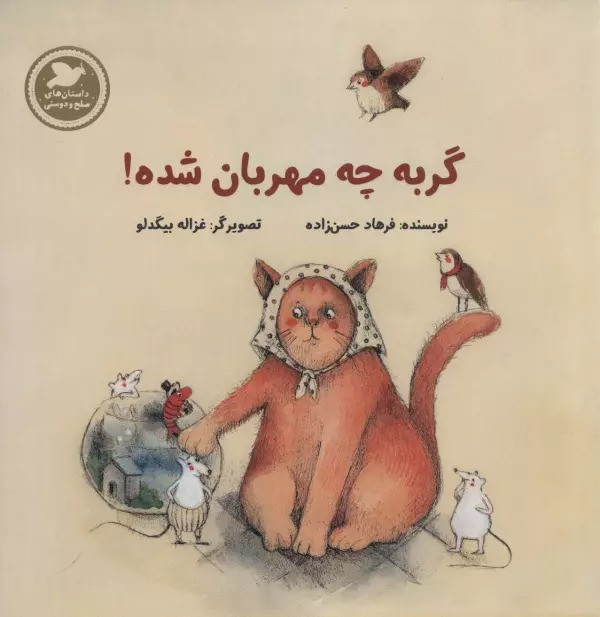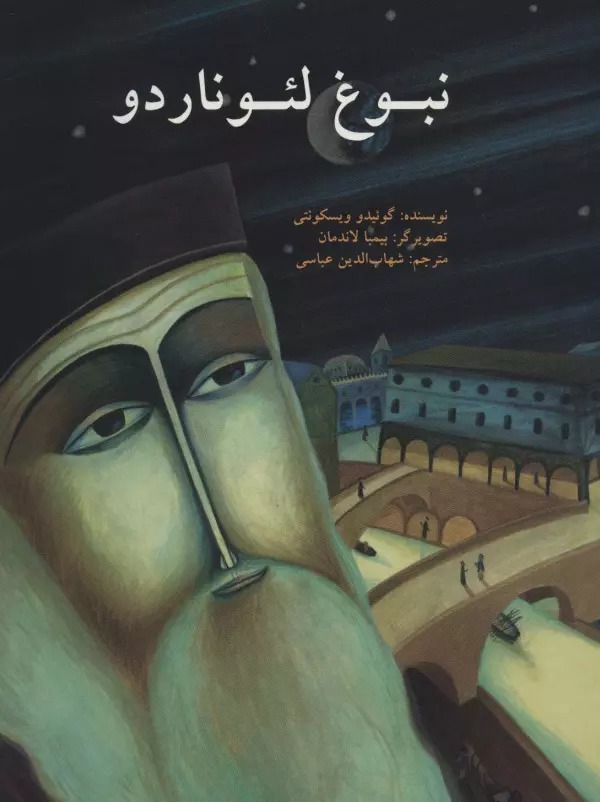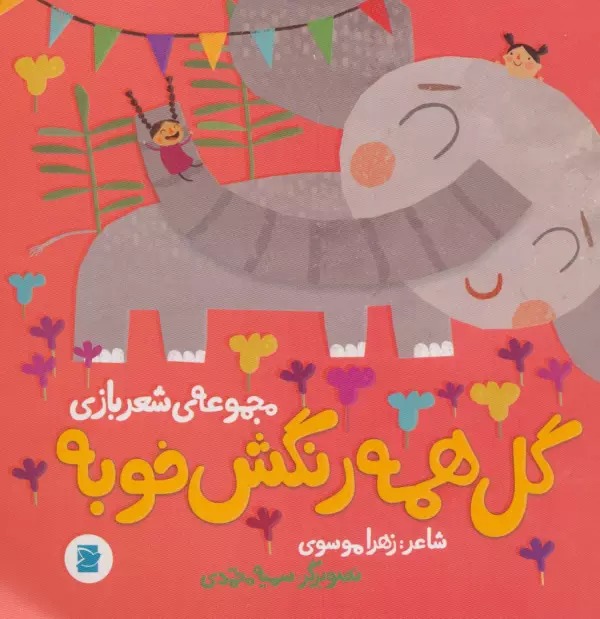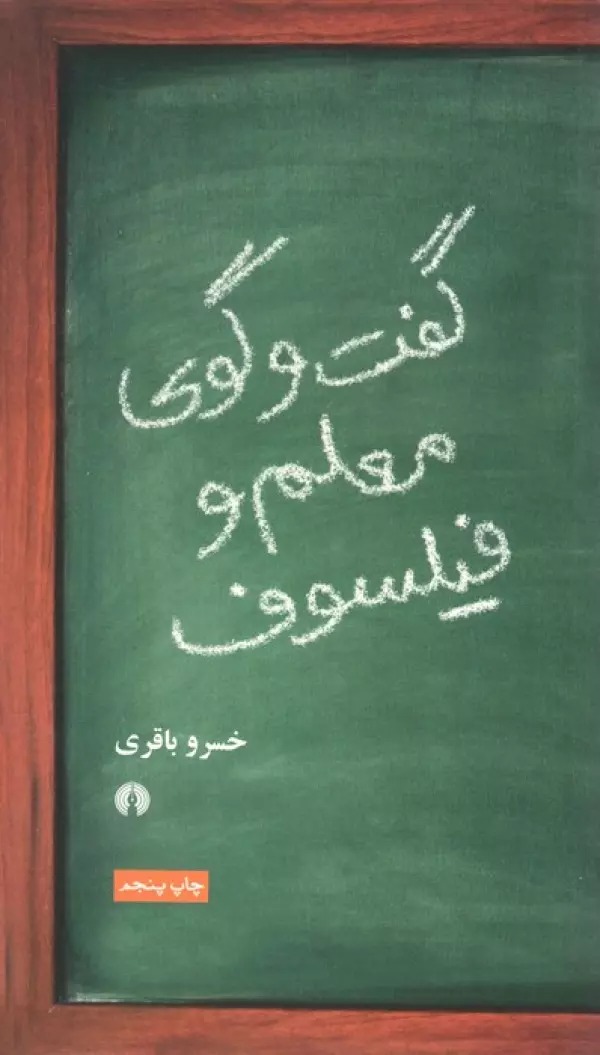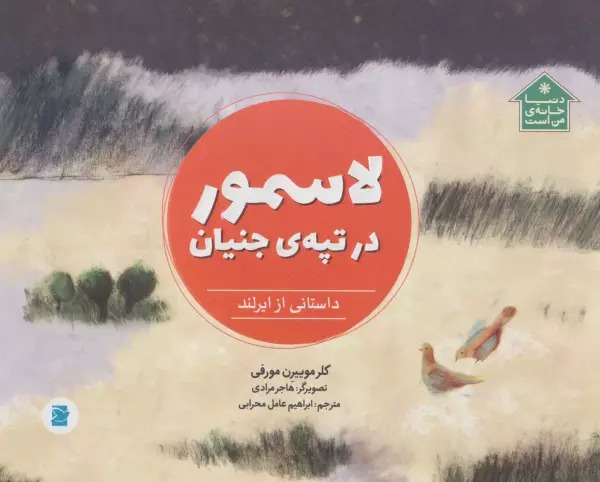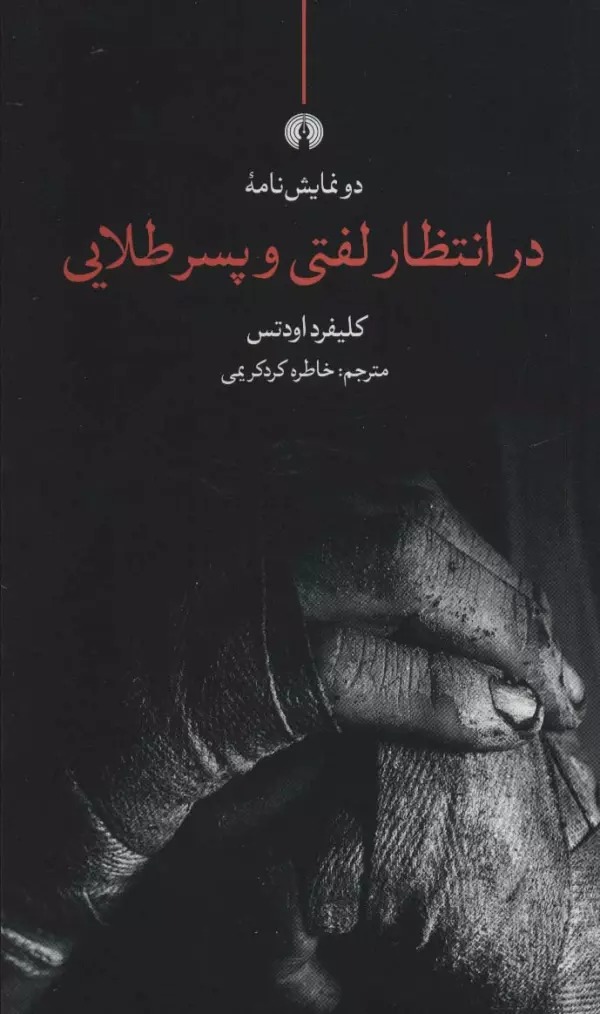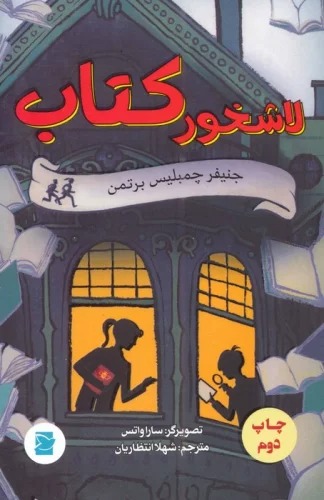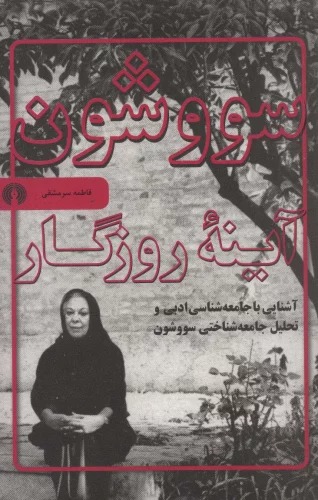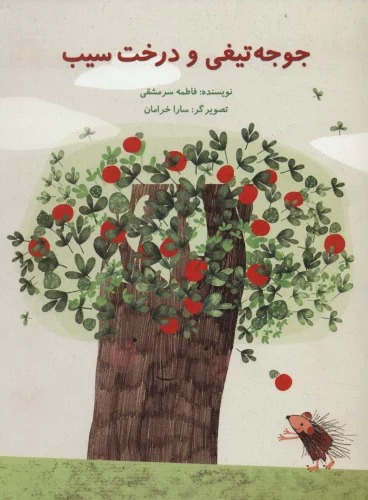حافظ نامه (دو جلدی) فارسی 1387
Ḥāfiẓ nāmih (Dū Jildī)
587 SEK
اشتراکگذاری
Wishlist
شابک:
9789644451751
ناشر:
'Ilmi va Farhangi
NumberOfVolume:
2
گروه سنی:
بزرگسال
صفحات:
1540
وزن:
2522 g
ابعاد:
18 x 25 x 10٫78 cm
جلد کتاب:
جلد سخت
Khwaja Shams al-Din Muhammad Hafez Shirazi, who is considered a great name in the field of Persian poetry and literature and is considered to be its authority, is a tasteful and unique poet of the 8th century AH who introduced Iranian poetry and ghazals to the world with his poems. This renowned poet took the title of Hafez due to his complete mastery of the heavenly word, and most of his ghazals were composed in the Iraqi style.
The appeal of Hafez's words and ghazals is such that it has fascinated many scholars and writers around the world, and therefore many literary greats have dedicated their artistic lives to recognizing Hafez and making him better known to the world. One of these great writers, famous Iranian writer and translator, Ustad Baha al-Din Khorramshahi, who, like Hafez, was interested in the Holy Quran and is one of the most capable Iranian scholars of the Quran and Hafez. He left behind many works on Hafez and his works, one of the most important of which is Hafez-nameh, which is an explanation of Hafez's words, expressions, key concepts, and difficult verses.
In this two-volume volume, Khorramshahi examines two hundred and fifty ghazals from Hafez's Divan, corrected by Ghani Qazvini, in terms of their difficulties and complexity, symbology, interpretation, and rhetoric, and in a detailed introduction, he discusses the influences that Hafez received from his predecessors. He explains these influences by citing examples, and this explanation is so clear and comprehensive that the reader, in addition to being familiar with the subtleties of Hafez's ghazals, also becomes well acquainted with the Iraqi style.
more
خواجه شمس الدین محمد حافظ شیرازی که با لقب لسان الغیب، نامی بزرگ در زمینه ی شعر و ادب پارسی و به نوعی اعتبار آن محسوب می شود، شاعر خوش ذوق و بی نظیر قرن هشتم هجری است که شعر و غزل ایرانی را با سروده های خود به جهانیان معرفی کرده است. این شاعر بلندآوازه به دلیل از بر داشتن و تسلط کامل بر کلام آسمانی، لقب حافظ را به شانه می کشید و عمده ی غزل های او با سبک عراقی سروده شده است.
گیرایی کلام و غزلیات حافظ به نحوی است که پژوهندگان و ادیبان زیادی را در سراسر جهان شیفته ی خود ساخته و از این رو بسیاری از بزرگان اهل ادب، زندگی هنری خود را وقف شناسایی حافظ و بهتر شناساندن او به جهانیان کرده اند. یکی از این ادیبان بزرگ، نویسنده و مترجم شهیر ایرانی، استاد بهاءالدین خرمشاهی می باشد که همچون حافظ به قرآن کریم علاقمند بوده و از قرآن پژوهان و ایضا حافظ پژوهان توانای ایرانی است. از وی تالیفات زیادی در زمینه ی حافظ و آثار او به جا مانده که یکی از مهم ترین آن ها، حافظ نامه است که شرح الفاظ، اعلام، مفاهیم کلیدی و ابیات دشوار حافظ می باشد.
خرمشاهی در این دوره ی دو جلدی، دویست و پنجاه غزل از دیوان حافظ به تصحیح غنی قزوینی را از جهت دشواری ها و پیچیدگی، نمادشناسی، تفسیر و سخن شناسی حافظ بررسی کرده و در مقدمه ای مفصل، به تاثیراتی که حافظ از گذشتگان گرفته پرداخته است. وی این تاثیرات را با ذکر نمونه و مثال توضیح می دهد و این شرح چنان واضح و جامع است که خواننده علاوه بر آشنایی با ظرافت های غزل حافظ، با سبک عراقی نیز به خوبی آشنا می شود.
more

